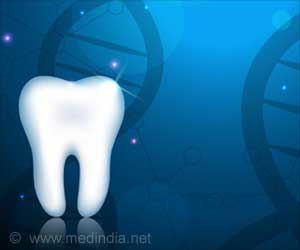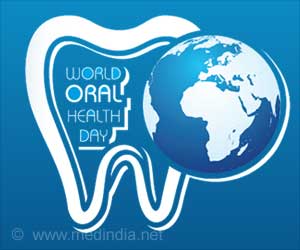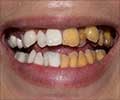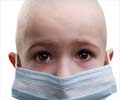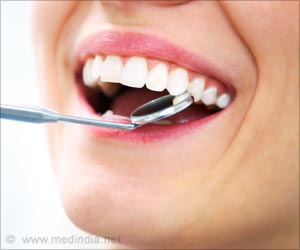
‘The first signs of disturbances in tooth structure can be expected within one or two years of the Cancer treatment in children.’
Tweet it Now
“Childhood cancer treatment is a success story of modern medicine. However, children seem to be particularly vulnerable to the harmful effects of radiotherapy and chemotherapy. This growing population requires considerable attention from the medical and dental community as we identify future risks”, shared Dr. Elinor Halperson, Hebrew University.The study population consisted of 121 individuals who received general annual examinations during 2017–2019, including full oro-dental examinations.
Researchers examined the records of patients who received anticancer treatment at HU-Hadassah’s Department of Pediatric Hematology-Oncology before age 18.
Developmental tooth anomalies were observed in nearly half the individuals (46%), in 9% of teeth. Anomalies were prevalent in 43% of those children who received chemotherapy without radiation, in 52% who also received radiotherapy, and in 60% of those who received head and neck radiotherapy.
Patients who received only chemotherapy at six years or younger had a higher number of malformed teeth. No specific chemotherapy agent was found to be associated with a higher risk for dental side effects.
Advertisement
The most significant differences between boys’ and girls’ dental anomalies were a higher incidence of microdontia among females and a greater prevalence of decayed teeth among males.
Advertisement
This kind of study needs to be enhanced in large medical centers to identify the risks of adverse dental effects for specific treatments at particular stages of child development and to establish international guidelines for follow-up and treatment.
Source-Medindia

